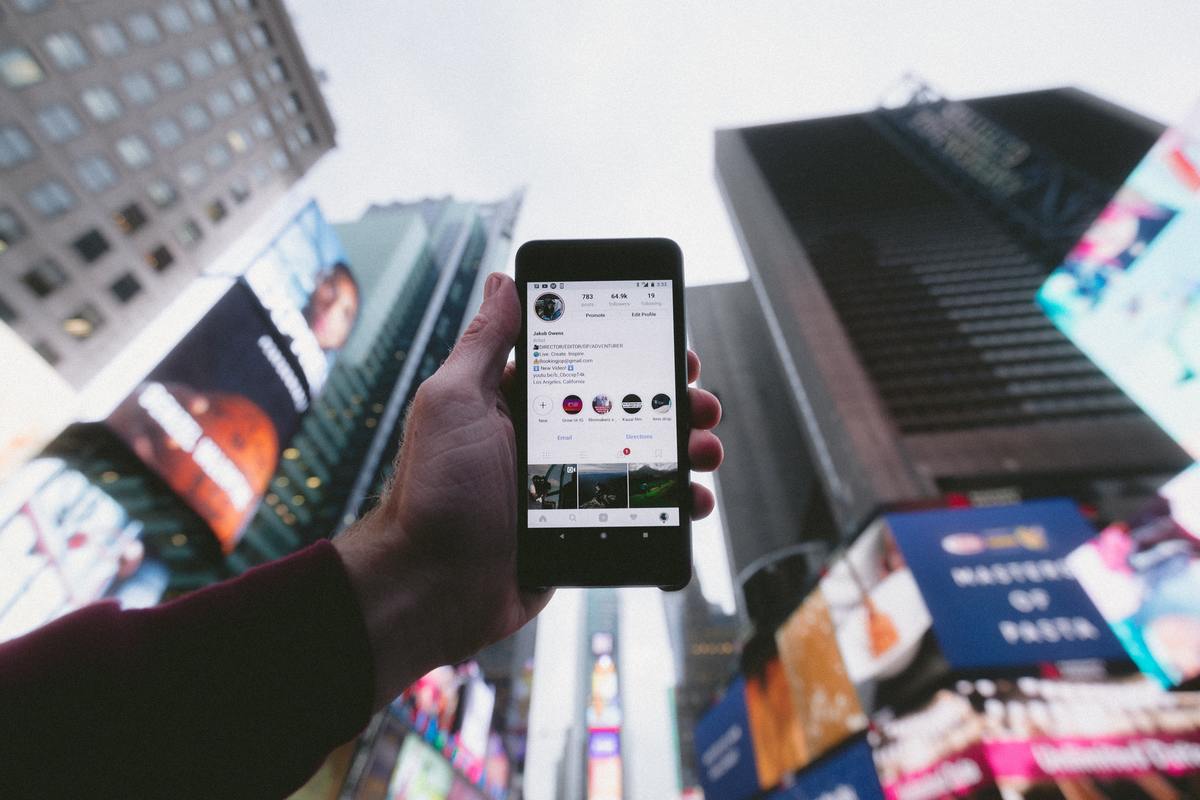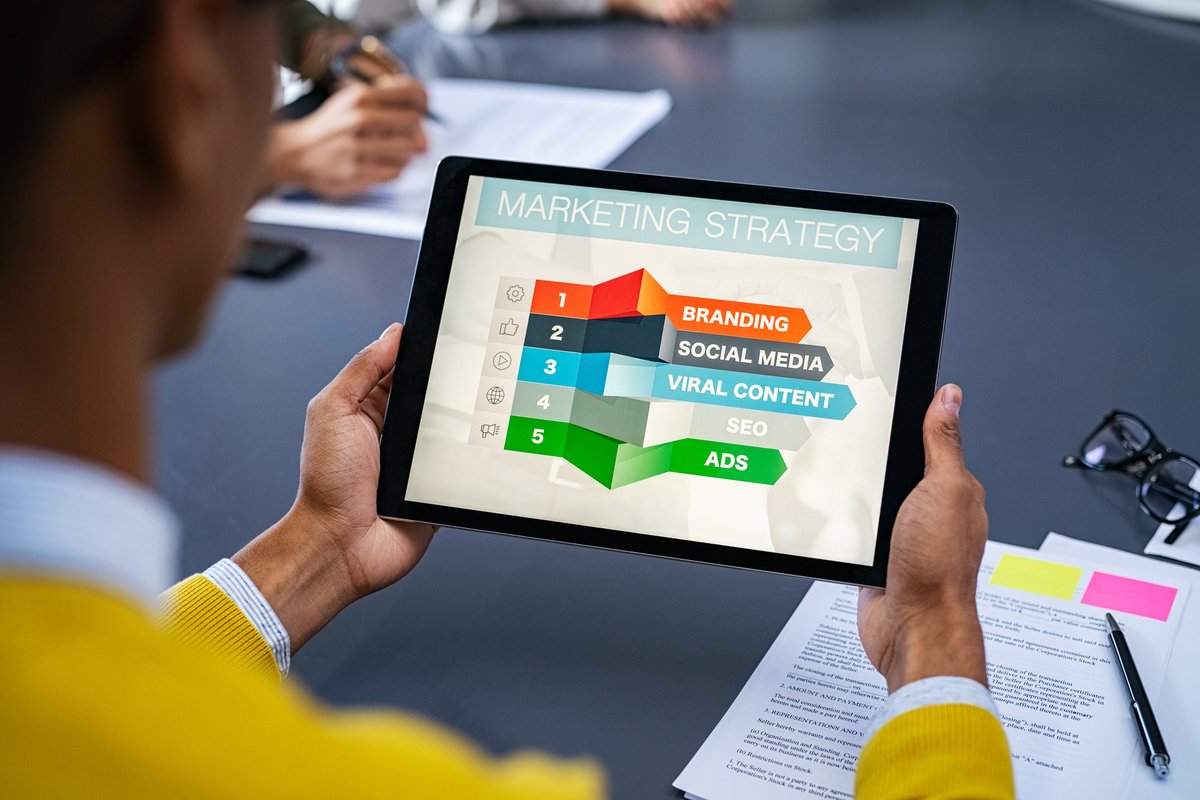When it comes to marketing your business, it’s important to understand the different styles of marketing so that you can optimize your website and brand awareness.
Marketing is all about building and exchanging relationships between the company and its customers. It’s used to attract and retain the consumer by identifying, anticipating, and satisfying the customer’s needs and desires.
If you’re a marketing novice, then this article can be very helpful. Learn the differences between inbound marketing and outbound marketing so that you can cater to the needs and desires of your customers in a more precise manner.
Let’s take an inside look at inbound marketing vs. outbound marketing, shall we?
What is Inbound Marketing?

Inbound marketing refers to the technique of attracting potential customers to products and services via content marketing, social media marketing, branding, paid search marketing, blogging, opt-in email marketing, and search engine optimization.
What is Outbound Marketing?

Outbound marketing refers to more traditional marketing strategies to portraying specific messages to targeted audiences. Outbound marketing techniques include print advertisements, newspapers, magazines, radio ads, TV commercials, billboards, trade shows, cold calling, email spam, and media buys.
Is Inbound Marketing Better Than Outbound Marketing?

Basically speaking, inbound marketing refers to digital marketing practices vs. outbound marketing which caters more to non-digital approaches to reaching audiences. Because today’s day in age is so focused on marketing digitally, inbound marketing is considered to be more effective and profitable than outbound marketing.
Outbound marketing is also generally more difficult to track in terms of performance, measuring, and monitoring. If you’re a small business owner looking to improve your sales, then it’s highly recommended that you re-allocate your return on marketing spend by increasing your marketing budget on inbound marketing tactics.
Permission-Based Marketing vs. Interruption-Based Marketing

Inbound marketing is permission-based marketing. With permission-based marketing, you’re communicating with your audience through digital mediums. You must answer the questions that customers are asking, such as:
- What makes your business different from your competitors?
- What kind of perks do you offer that other companies don’t?
- Am I saving money by choosing your products and services?
- Why should I do business with you?
Outbound marketing, on the other hand, is interruption-based marketing, which suggests that you’re not given the same kind of permission to market your products and services to audiences compared to inbound marketing. With outbound marketing, you’re using disassociated ads to interrupt your audiences and attract them off-guard.
A very small percentage of consumers will take the time to listen to your interruption-based advertisement, although it is still effective.
You must carefully study and plan your outbound marketing efforts to attract a specific demographic. As long as you’re catering to the needs and desires of that specific demographic, then your outbound marketing efforts may very well pay off.
Choosing the Right Marketing Strategies For Your Business

Inbound marketing is more effective than outbound marketing. However, it can be a bit more complex in terms of strategy and execution. As a business owner, you may not completely understand the complexities associated with inbound marketing. Many business owners and even some digital marketing professionals like to stick to approaches that they’re most comfortable with.
With outbound marketing, you use traditional marketing approaches that will deliver traditional results. When these approaches are applied to the digital world, you may not get the results that you want.
To increase sales, conversion rates, and ROI, it’s recommended that you spend your marketing budget on inbound marketing techniques vs. outbound marketing. With inbound marketing, you have simultaneous use of all digital marketing channels, a more optimized website, compelling content, and performance measurement tools.
When you apply inbound marketing tactics to your marketing strategy, you’re attracting a larger, more diverse audience online. And, it’s less expensive to promote your products and services using inbound marketing practices than with outbound marketing. This significantly reduces your marketing budget and optimizes your ROI.
Whether it’s through writing a weekly blog post with relevant content, daily social media posts, creating an SEO-configured website, or developing an email marketing campaign, inbound marketing is always the first choice.
If you require professional inbound and outbound marketing services, then call Ringo Media. We put forth the extra effort to analyze your audiences and create the perfect marketing strategy to best serve you.



